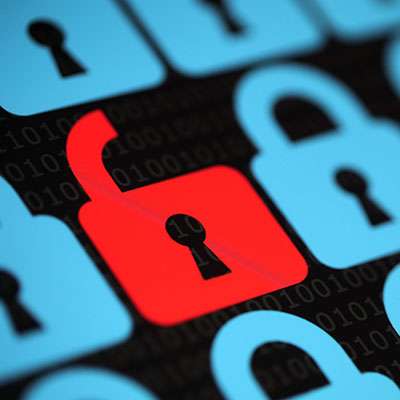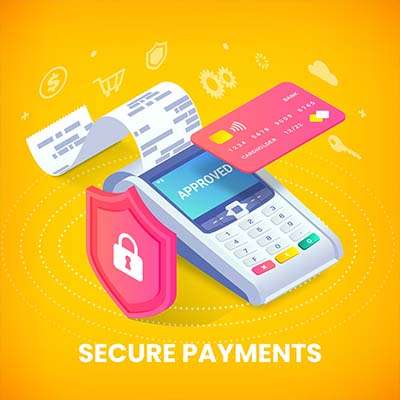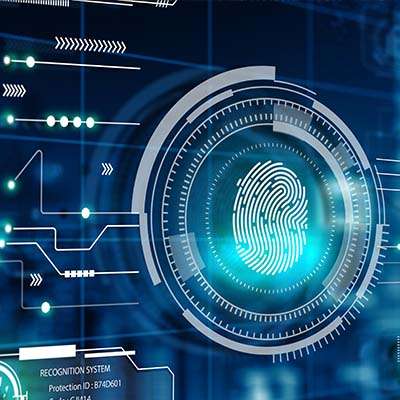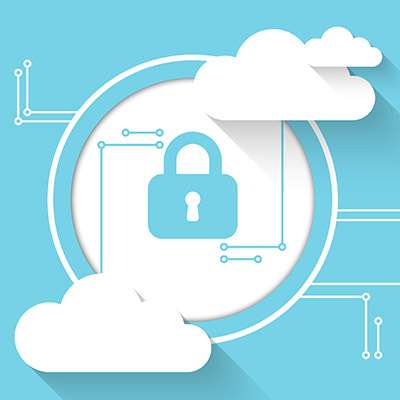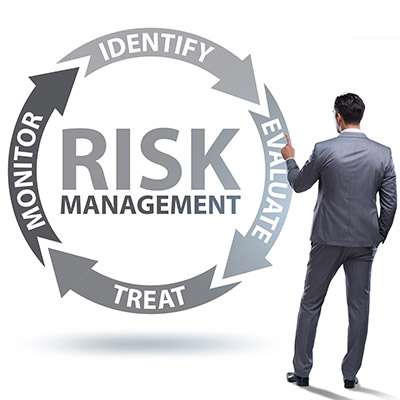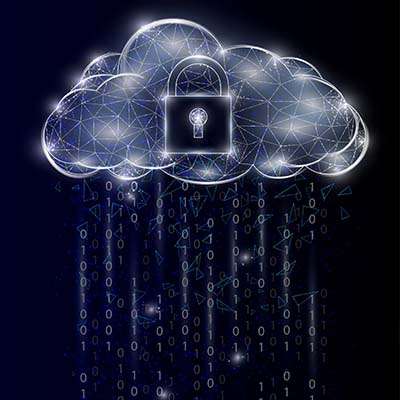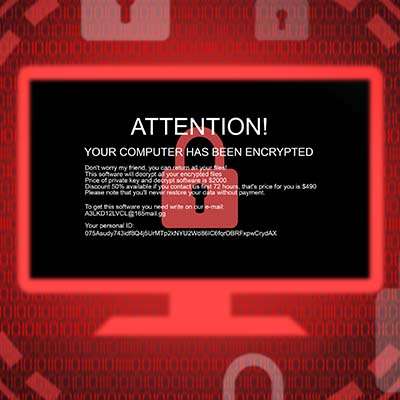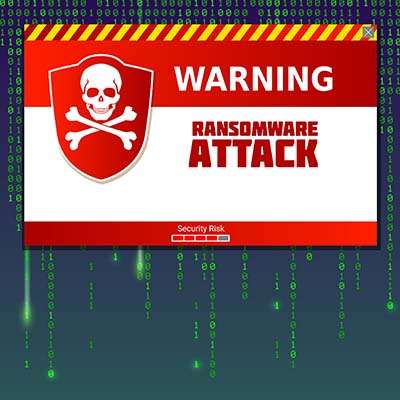How many security solutions does your business have implemented at any given time? Traditionally, businesses have implemented what we call “point solutions,” which are software tools designed to address a specific part of your security infrastructure. While this approach is better than not having security at all, it presents several issues that must also be addressed in order to most effectively protect your business.
Macro Systems Blog
Due to the increasing complexity and rapid growth of the cybersecurity industry, businesses must stay ahead of developing threats designed to undermine advancements in the latest and greatest security technologies. One way that researchers have used to fight against threats is through the use of artificial intelligence. It’s possible that this emerging technology could be the key to fighting back against cyberattacks.
Your organization’s email is one of its most imperative pieces of technology, and since that is true for nearly every business, it is unfortunately one of the most utilized attack vectors used by cybercriminals. Most companies don’t comprehend just how vulnerable they are if their email isn’t properly secured and do their best to keep their employees trained on how to spot potential scams.
With many people continuing to work remotely to at least some extent, it would be irresponsible not to acknowledge that remote work can introduce a level of risk to a company's cybersecurity. This makes it all the more imperative that this security is locked down. Listed below is a discussion about the concept behind zero-trust security, and why it is becoming the benchmark that businesses of all sizes should meet.
Passwords have been a primary data security measure since 1960, when MIT researcher Fernando Corbató suggested the practice, although even he is reportedly slow to take full credit. Why? Well, if you ask Corbató (and his contemporaries, who were the first to implement passwords as we’d recognize them today), the security concerns were limited.
So, have we reached the point where it would be best to replace passwords as the default authentication measure?
There are many, many different versions of cybercrime that businesses need to be vigilant about. That being said, most of them can mostly be avoided through a few basic practices and behaviors. Listed below are a few tips to help you prevent attacks from successfully influencing your business, so make sure you share them with your entire team, as well.
When you go to such great lengths to protect your business’ network, it can come as a shock when you experience a data breach. Someone has to be at blame for such an event, right? Alas, this mindset is often one that can come as a detriment to businesses, especially in the modern age of cybersecurity threats and ransomware. It can divide teams and cause rifts that are hard to recover from.
Gauging the effectiveness of your cybersecurity can be a daunting task, especially when asking if it could make a significant difference in protecting your organization’s network infrastructure. If you want to track and measure your business’ cybersecurity preparedness, here are four steps to help you perform an evaluation.
Keeping a secure password is a little confusing these days, especially when the standards for what is an acceptable, complex password seem to keep shifting back and forth. Let’s take a look at some of the industry-standard best practices for passwords and how you can implement them for your business.
Cybersecurity is an important subject for a business’ entire team to appreciate, particularly when it comes to the minute differences between different terms. For instance, a layperson might hear “breach” and automatically think “security incident.” While this technically isn’t incorrect, per se, the two terms aren’t really synonymous.
Let’s take a few moments to dive into the minutiae and define these two terms more clearly.
More workplaces are utilizing the power of remote technology, but this also creates issues with security that must be addressed. How can you ensure that your business isn’t putting itself at risk as a result of this general displacement of your workforce? Listed below are some action items you might choose to implement for your organization.
We are fans of the cloud, especially for data storage, but you shouldn’t implement the cloud without a good security strategy. Whether you are using it for your organization's data storage needs or just to take backups of your infrastructure, you’ll still need to keep various facets of security in mind for your cloud storage. It all starts with figuring out how secure your cloud provider really is.
Ransomware is regarded as one of the worst modern cyberthreats out there, and there's ample evidence to support this. These attacks and their aftereffects can devastate businesses of all industries. Listed below is an explanation about why ransomware is so dangerous, and what can be done to fight it.
With so many employees still working remotely, businesses have turned to technology to make sure that their workers are actually working. While the need to know what your employees are up to throughout the workday is important, there is now a discussion happening on whether or not this violates employees’ privacy.
Keeping your data protected is a colossal concern these days, with more and more safeguards needed to prevent it from being exfiltrated. Encryption is a great way to keep your data from being any good to those who might steal it. Listed below is an explanation about what encryption is, and how it works in practice.

